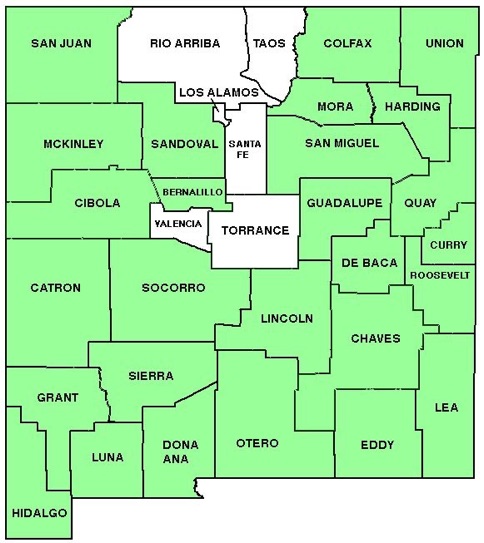WILDFLOWERS OF NEW MEXICO

With white to pink flowers, the slender, densely hairy, branching stems reach 6 feet long and twine around weeds, grass, and over rocks and low shrubs. Note the densely hairy leaves and warty sepals.
FLOWER: March–November. Flower funnel-shaped, 3/4–1 1/2-inches wide (20–38 m), with 5 fused petals with 5 sharp points or tiny projections, white to pink, sometimes a purple-red throat; sepals hairy, bracts scale-like.
LEAVES: Alternate. Blades 1–3-inches long, variable in shape from oblong to narrowly lance-shaped; margins toothed or with with projecting, arrowhead-like basal lobes; surfaces densely covered with matted hairs.
HABITAT: Dry sandy, rocky soils of hills, plains, canyons, roadsides, disturbed areas; desert grasslands and scrub, pinyon-juniper woodlands.
ELEVATION: 2,500–6,500 feet.
RANGE: AZ, CO, KS, NM, OK, TX.
SIMILAR SPECIES: The introduced and noxious Field Bindweed, C. arvensis, statewide, forms large patches and has funnel-shaped flowers without points, and hairless, oval leaves. The white-flowered morning glory Spiderleaf, Ipomoea tenuiloba, in southern NM, has leaves with filament-like lobes and warty sepals.
NM COUNTIES: Low- to mid-elevation, dry habitats: statewide except for north-central mountains (Rio Arriba, Santa Fe, Taos, Torrance, Valencia).









Texas Bindweed
Convolvulus equitans
Morning Glory Family, Convolvulaceae
Perennial herbaceous vine


















THE CONTENTS OF THIS WEBSITE ARE COPYRIGHTED AND CANNOT BE USED
WITHOUT PERMISSION OF GEORGE OXFORD MILLER



































Vine with twining stem (upper arrow).
Narrow leaf with basal lobes; surfaces densely hairy (lower arrow).


Hairy sepals (upper arrow).
Scale-like bracts (lower arrow).











Range Map for
Convolvulus equitans








EMAIL ME







